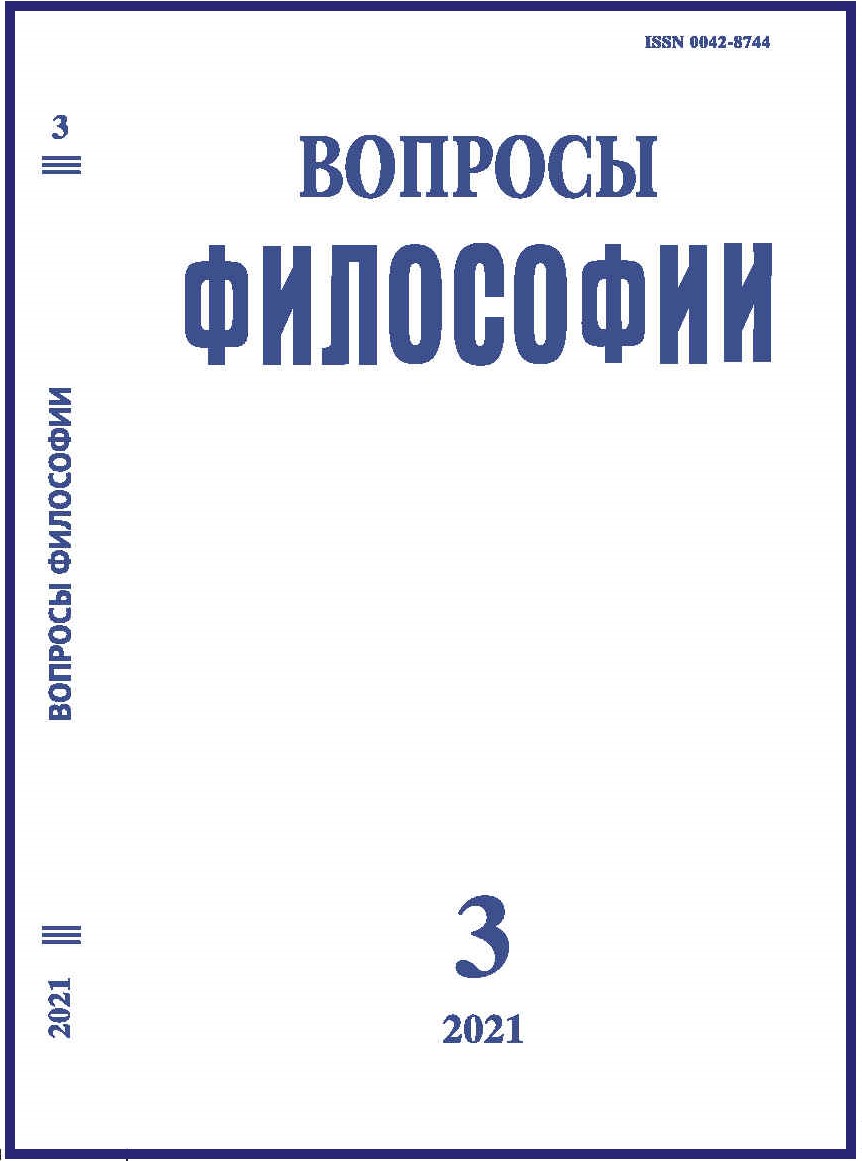Mythogenesis and Anthropogenesis
DOI:
https://doi.org/10.21146/0042-8744-2021-3-57-67Keywords:
mythogenesis, mythology, religion, anthropogenesis, Homo, language, imagination, petroglyphs, mobile art, PaleolithicAbstract
In the period of the 19th – beginning of the 21th century in the study of mythology three paradigms of the study of mythogenesis have consistently dominated – historical, non-historical and historical-cognitive. The historical-cognitive paradigm is based on the latest scientific results in the field of archeology, anthropology and cognitive science. The modern model of anthropogenesis assumes the existence of general regularities of development of three types of Homo – Homo sapiens, Neanderthals and Denisovans. There are reasons that are not only Homo sapiens, but also the Neanderthals and Denisovans had high cognitive capabilities and signs of modern human behavior. The most important foundations of mythogenesis are the functioning of language and the activity of the imagination. All three populations of ancient mankind reached a cognitive minimum, which opened the way to mythogenesis. Signs of mythogenesis are clearly recorded no later than the time of the transition from the Middle to Upper Paleolithic, during the Early Aurignacian, but the beginning of this process goes back to an earlier period.

